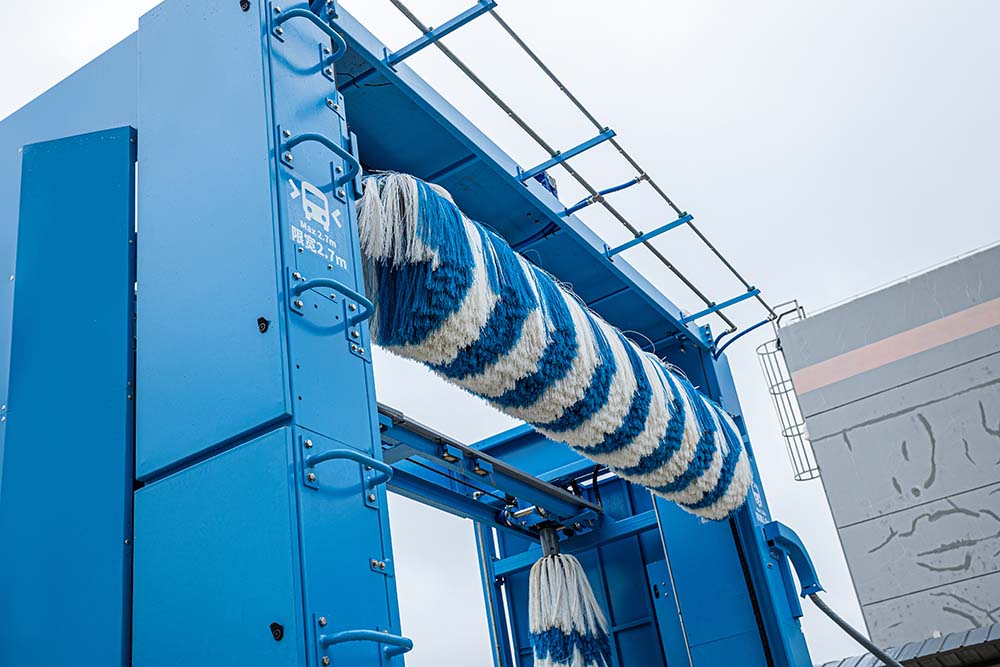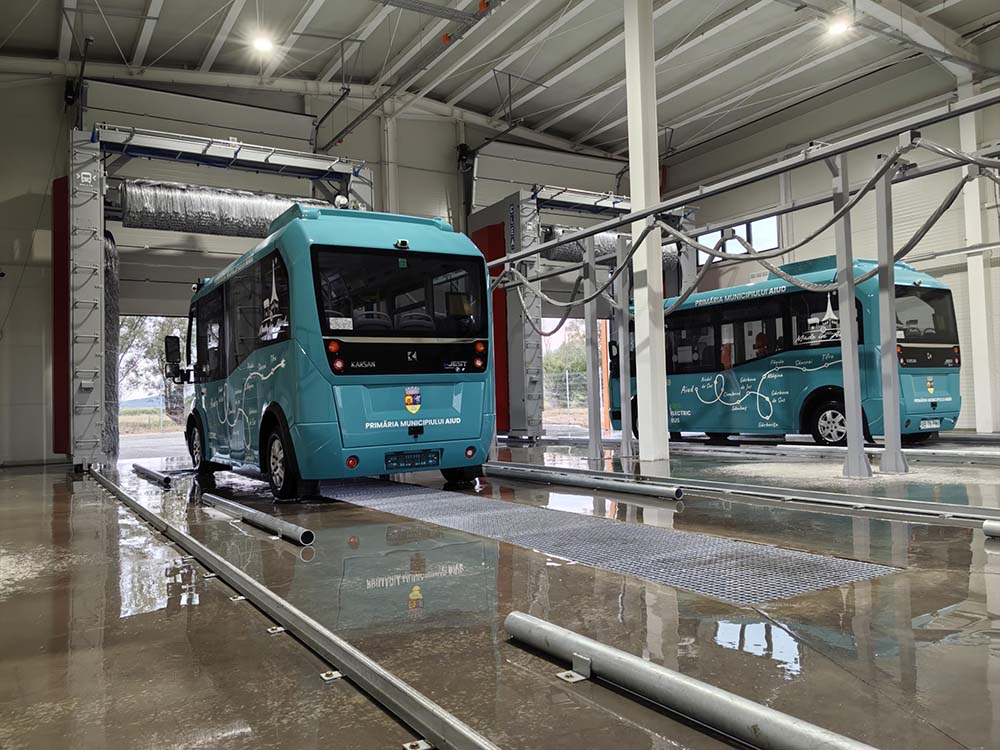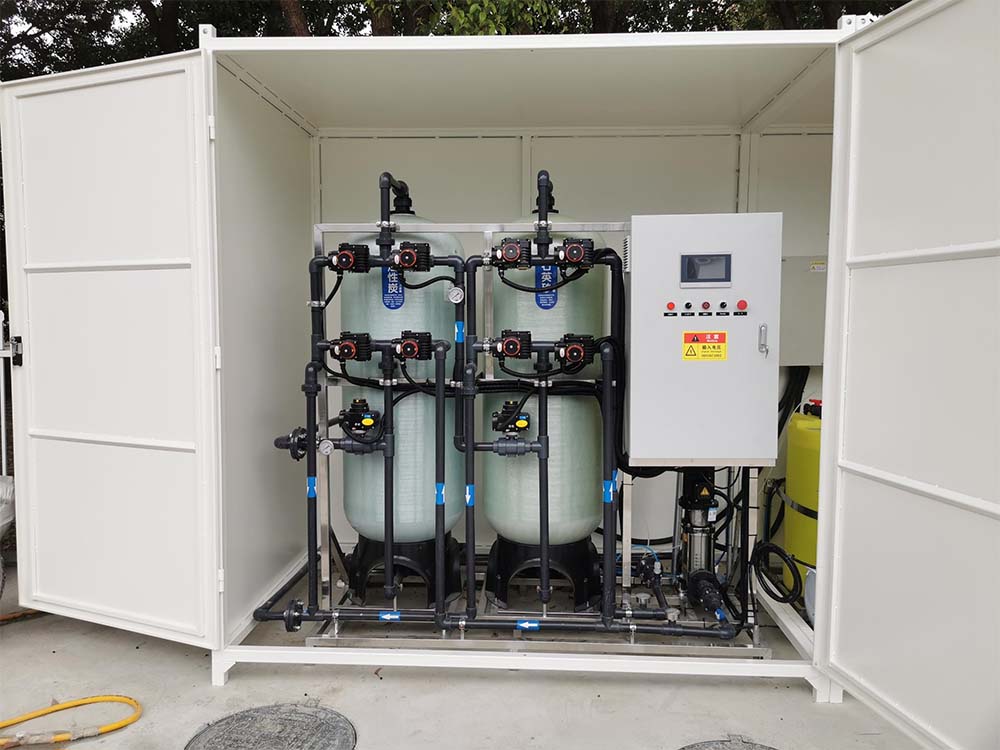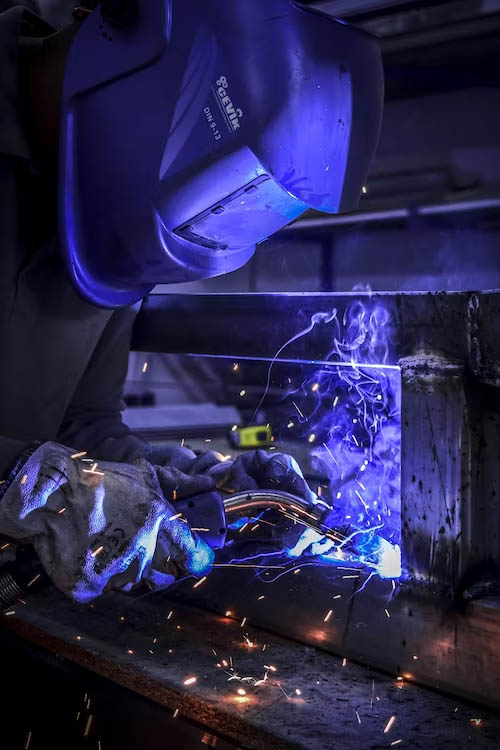Running a bus fleet isn’t just about logistics—it’s about maintaining a professional image, ensuring passenger safety, and minimizing downtime. But traditional bus washing methods often fall short: manual cleaning is labor-intensive, inconsistent, and time-consuming, while outdated automated systems struggle with durability, efficiency, and adaptability.
Enter the M-BS0300Y Rollover Automatic Bus Wash Machine—a game-changer for operators who need fast, reliable, and cost-effective cleaning for buses, coaches, and large passenger vehicles. Let’s break down why this machine is revolutionizing fleet maintenance.
The Hidden Costs of Inefficient Bus Cleaning
Before diving into the solution, let’s address the pain points plaguing fleet managers:
- Time Wasted on Manual Cleaning: Hand-washing a bus takes 30–60 minutes. For a 50-bus fleet, that’s 25–50 labor hours daily.
- Premature Vehicle Wear: Incomplete rinsing leaves detergent residue, accelerating corrosion. Dirty chassis components fail faster.
- High Maintenance Costs: Cheap equipment breaks down frequently, requiring expensive repairs and causing workflow delays.
- Cold Weather Challenges: Frozen systems lead to downtime in winter, disrupting schedules.
- Inconsistent Results: Missed spots damage your brand’s reputation.
The M-BS0300Y eliminates these issues with precision engineering and smart automation.
How the M-BS0300Y Delivers Unmatched Value
1. Blazing-Fast Cleaning: 4.5 Minutes per Bus
Time is money. The M-BS0300Y’s standard wash cycle takes only 4.5 minutes—10 times faster than manual cleaning. Its bidirectional wash process ensures no step is wasted:
- Forward Pass (→): Pre-rinse loosens grime → Foam brushing lifts dirt → High-pressure rinse blasts contaminants.
- Reverse Pass (←): Secondary brushing → Final high-pressure rinse.
Result: A spotless bus in under 5 minutes, ready for its next route.
2. Precision Cleaning with 3 Brushes + Adaptive Technology
Generic wash systems miss curves and angles. The M-BS0300Y’s 3 rotating brushes conform to any bus shape while pressure-sensing tech adjusts brush force based on vehicle dimensions. Combined with reciprocating high-pressure rinses, it removes even brake dust and road salt trapped in wheel wells.
Optional Chassis Cleaning: Tackle undercarriage grime—a major cause of corrosion—to extend vehicle lifespan.
3. Built to Last: Hot-Dip Galvanized Steel Frame
Most wash systems rust within 3–5 years. The M-BS0300Y’s hot-dip galvanized welded frame resists corrosion, even in coastal or high-humidity areas. Fewer replacements mean long-term savings.
4. Smart Features for Hassle-Free Operation
- Fault Identification Codes: Diagnose issues in seconds—no guesswork or costly technician calls.
- Automatic Detergent Proportioning: Prevents overuse of chemicals, cutting costs by up to 20%.
- Intelligent Parking Guidance: Ensures drivers position buses correctly, reducing alignment errors.
5. Winter-Ready Performance
The optional low-temperature start-stop system prevents freezing in sub-zero climates. No more downtime during snowstorms!
Real-World Applications: Where the M-BS0300Y Shines
- Public Transit Agencies: Clean 100+ buses daily without hiring extra staff.
- Tour Coach Companies: Maintain a spotless fleet to impress passengers.
- Airport Shuttle Services: Meet strict hygiene standards with consistent results.
- Municipal Fleets: Extend vehicle lifespan by removing corrosive road salts.
Why Choose to Match the M-BS0300Y
In an industry crowded with generic solutions, the M-BS0300Y stands out as a purpose-built workhorse for fleets that refuse to compromise. While competitors rely on outdated designs or cheap materials to undercut prices, our system prioritizes long-term value, adaptability, and sustainability—critical factors for operators managing trucks, buses, or specialized vehicles like garbage trucks and tanker trailers. Here’s why cheaper alternatives cost you more in the long run:
1. Proven Reliability: Built for Demanding Schedules
The Problem: Low-cost wash systems often fail within 3–5 years, especially under heavy use. Garbage truck operators, for example, face corrosive waste residues that accelerate rust, while delivery fleets need equipment that runs 18+ hours daily.
Our Solution:
- More than 200 units were installed globally in 2024: From icy Canadian intercity bus depots to humid Southeast Asian logistics hubs, the M-BS0300Y delivers consistent performance.
- Real-World Case Study: A Midwest U.S. school bus fleet reduced downtime by 60% after replacing its old system with the M-BS0300Y. The galvanized frame resisted salt corrosion, and fault codes cut repair times by 75%.
- Component Quality: Brushes use industrial-grade nylon bristles (not cheap plastics), and the steel frame undergoes 12 anti-corrosion treatment stages.

2. Customizable Options: Tailored to Your Fleet’s Unique Needs
The Problem: One-size-fits-all systems leave gaps. Tanker trucks need undercarriage cleaning to prevent hazardous chemical buildup, while city buses require fast cycles to avoid route delays.
Our Solution:
- Chassis Cleaning Module: Mandatory for garbage/dump trucks, this add-on blasts away debris stuck to axles or suspension systems, reducing premature wear.
- Winter Package: Includes low-temperature start-stop systems (-30°C capability) and heated nozzles—ideal for school buses in snowy regions.
- High-Throughput Mode: For logistics hubs washing 100+ delivery vans daily, this setting skips optional steps to cut cycle time to 3.8 minutes.

3. Energy Efficiency: Slash Costs Without Sacrificing Power
The Problem: Older systems guzzle water and power. A typical truck wash uses 80–150 gallons per cycle—an unsustainable cost for fleets with 50+ vehicles.
Our Solution:
- 30% Less Water: Advanced reciprocating rinses and nozzle optimization reduce consumption to 55–100 gallons/cycle (varies by vehicle size).
- Closed-Loop Recycling (Optional): Treat and reuse 70% of water—critical for drought-prone areas or eco-conscious municipalities.
- Smart Detergent Dosing: The automatic proportioning pump cuts chemical use by 15–20%, saving $1,200+ annually for a mid-sized fleet.

The Hidden Costs of “Cheaper” Alternatives
A $15,000 competitor machine might seem tempting, but consider:
- Downtime: 3 repairs/year x 2,500=2,500=7,500 annually.
- Water Waste: 30% extra usage x 50 cycles/day = 15,000 gallons wasted monthly.
- Labor: Misaligned vehicles from poor guidance systems add 10+ minutes/cycle.
The M-BS0300Y’s 10–15 year lifespan and 30% lower TCO (Total Cost of Ownership) make it the smarter choice for fleets focused on scalability.

“But What About the Price?”
We get it—budgets matter. While the M-BS0300Y isn’t the cheapest option upfront, its 10–15 year lifespan (vs. 5–7 years for inferior models) and 30% lower operating costs deliver a higher ROI.
Example: A transit agency washing 50 buses daily saves 1,125 labor hours monthly. At $15/hour,that’s1,125∗15/hour, that’s $16,875/month saved**—enough to pay off the machine in <12 months.
Ready to Transform Your Fleet Maintenance?
The M-BS0300Y isn’t just a machine—it’s a strategic investment in your fleet’s efficiency, longevity, and reputation.
Speak to Our Sales Engineers: Get a tailored quote based on your fleet size, location, and needs.
Limited-Time Offer: Schedule a consultation this month and receive a free 1-year maintenance package!
10 FAQs for the M-BS0300Y Rollover Automatic Bus Wash Machine
- Q: Can the M-BS0300Y handle large vehicles like tractor-trailers or garbage trucks?
A: Absolutely. The M-BS0300Y is designed for buses, trucks, and other oversized vehicles up to [specify maximum dimensions if available]. Its pressure-sensing technology adapts to varying heights and widths, making it ideal for tractor-trailers, tanker trucks, and even garbage trucks with irregular shapes. - Q: How does it clean hard-to-reach areas like a delivery truck’s undercarriage?
A: The optional chassis cleaning module targets undercarriage grime, salt, and debris, critical for delivery trucks and garbage trucks exposed to corrosive materials. High-pressure reciprocating rinses ensure no dead zones. - Q: Will it work in freezing temperatures for fleets operating in cold climates?
A: Yes. The intelligent low-temperature start-stop system (optional) prevents freezing in sub-zero environments, ensuring reliable operation for intercity buses, school buses, or tanker trucks year-round. - Q: How quickly can it clean a fleet of 50 city buses?
A: With a 4.5-minute wash cycle per vehicle, the M-BS0300Y can clean 50 buses in under 4 hours (excluding downtime), compared to 25+ hours with manual washing. - Q: Does it damage delicate surfaces like school bus decals or van wraps?
A: No. The system uses adjustable brush pressure and foam-based cleaning to protect finishes. The high-pressure rinse is calibrated to remove dirt without harming vinyl graphics or paint. - Q: Can it handle double-decker buses or tall tanker trucks?
A: Yes. The machine’s crossover function and vertical brush range accommodate taller vehicles, including double-decker buses, ensuring full coverage without manual adjustments. - Q: How does it reduce water and detergent costs for large fleets?
A: The automatic proportioning pump optimizes detergent use, cutting chemical waste by 20%. Additionally, its closed-loop water recycling system (optional) reduces water consumption by up to 40%. - Q: What if a driver misaligns a truck during entry?
A: The intelligent parking guidance system (optional) provides real-time visual/audio cues to drivers, ensuring precise positioning for trucks, vans, or buses—minimizing errors and wash inefficiencies. - Q: How does it handle heavy mud or grease common in garbage trucks?
A: The 3 rotating brushes and high-pressure pre-rinse (up to [specify PSI if available]) break down stubborn mud, grease, or industrial residues. For extreme cases, a pre-treatment soak can be added. - Q: Is maintenance complicated for fleets with limited technical staff?
A: Not at all. The fault identification code system simplifies troubleshooting, and most components (e.g., brushes, nozzles) are modular for easy replacement. Routine maintenance takes <1 hour/week.
About the Author
Rain, Senior Solutions Engineer at Mattias, has 12+ years of experience designing industrial cleaning systems for transit agencies and logistics firms. He specializes in helping fleets reduce operational costs through automation.



